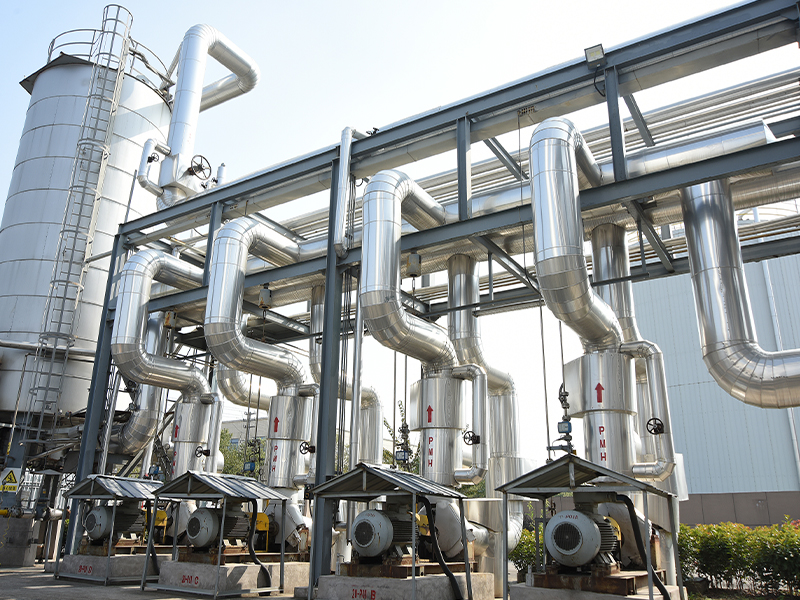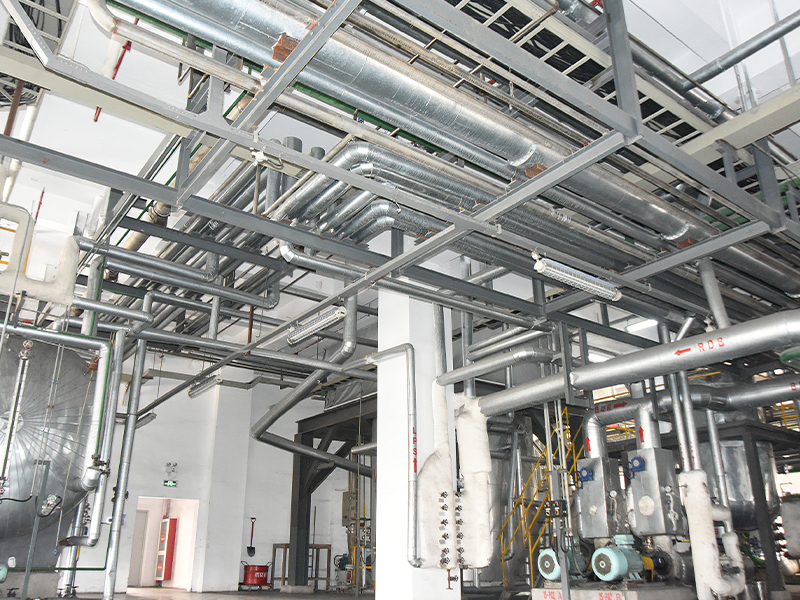In modern cleanroom systems, Clean Room Window is not only essential components for visual transparency but also play a critical role in maintaining environmental stability. They serve multiple functions including contamination isolation, airtight sealing, and visual monitoring. Widely used in pharmaceuticals, biopharmaceuticals, medical devices, and semiconductor manufacturing, clean room windows must meet increasingly stringent requirements for particulate control, cross-contamination prevention, and integration with automated systems. The design philosophy has evolved from simple "visibility" to "intelligence" and "integration." Innovations in antimicrobial materials, structural sealing, anti-fog and dimming functions, as well as fire resistance and high-temperature tolerance, have continuously enhanced the performance of clean room windows, making them indispensable high-end components in modern cleanroom construction.

Dust-Free Structural Design:From"Transparency"to "Cleanliness"
Traditional clean room observation windows often use single-pane glass with simple framing, which risks dust accumulation and particle contamination in the gaps between the window and wall. This design flaw poses significant contamination risks, especially in ISO Class 5 and above environments. Modern clean room windows predominantly feature double-layer tempered glass combined with screwless hidden installation and fully sealed aluminum alloy or stainless steel frames to achieve seamless integration with walls. Rounded frame edges minimize particle accumulation and facilitate cleaning. High-end models may fill the glass cavity with inert gas, such as argon, or apply anti-static coatings to inhibit static buildup and particle adhesion. These advances mark a qualitative leap from simple visual transparency to stringent contamination control, providing a stable foundation for cleanroom safety and reliability.
Synergistic Improvement of Airtightness and Anti-Fog Performance
Due to stable temperature, humidity, and positive pressure control in cleanrooms, window surfaces are prone to condensation at temperature gradients, causing fogging that impairs visibility and operational safety. To address this, dual-pane insulated glass structures are standard, incorporating desiccant modules within the cavity to absorb moisture and maintain dryness. Filling the cavity with inert gases like argon further enhances airtightness and thermal insulation, reducing condensation risk.
Two main anti-fog solutions exist: a cost-effective anti-fog film coating suitable for lower-grade cleanrooms, and a premium sealed insulated glass structure providing and long-term fog resistance, suitable for ISO Class 5 and higher. The comparison table below summarizes their performance:
| Anti-Fog Method | Cost | Lifespan | Anti-Fog Effect | Applicable Cleanroom Class |
| Anti-Fog Film Coating | Low | 1–2 years | Moderate | ISO 8–7 |
| Insulated Glass Unit | High | 5+ years | High | ISO 6–5 |
illustrations such as exploded views of dual-pane clean room windows and side-by-side comparisons of anti-fog film vs. insulated glass help clarify these differences.
Electrochromic Dimming: Integration of Intelligence and Privacy
With the trend towards intelligent cleanrooms, electrochromic dimmable windows have gained popularity for their ability to seamlessly switch between transparent and privacy modes. Based on liquid crystal molecular alignment technology, these windows change from clear to frosted when voltage is applied, eliminating the need for curtains and avoiding physical contact that could introduce contaminants.
Widely applied in operating rooms and biopharmaceutical labs, dimmable windows enhance privacy without compromising cleanliness. Integration with smart building management systems enables remote control, access permissions, and scheduled switching, greatly improving user experience and operational efficiency. This technology represents a significant leap in human-machine interaction within cleanroom environments.
Grade Matching and Structural Standardization
Cleanroom windows must strictly comply with ISO 14644 standards, which specify requirements for gaps, seals, surface finish, and edge treatment depending on the cleanroom class. For example, ISO Class 5 environments forbid any removable components and demand seamless welding or pressing with surface roughness below Ra 0.8μm to facilitate cleaning and minimize particle entrapment.
For lower grades such as ISO 7–8, standard screw-mounted frames and simpler designs are acceptable. Industry trends increasingly favor standardized, modular production of window sizes, airtightness classes, and glass thicknesses to enable efficient large-scale cleanroom projects with consistent quality and easy maintenance.
Fire Resistance and High-Temperature Adaptability
Certain cleanroom areas such as pharmaceutical drying tunnels, clean air furnace outlets, and precision coating zones require windows with fire resistance and high-temperature tolerance. These windows use heat-resistant tempered glass capable of withstanding thermal shocks above 300°C, often combined with fireproof or explosion-proof film layers to prevent shattering during fire events. Frame materials like SUS304 or SUS316L medical-grade stainless steel provide corrosion resistance and mechanical strength at elevated temperatures.
Compliance with fire safety certifications such as GB 16809 and EN 1364 ensures windows maintain structural integrity and visibility during emergencies, safeguarding personnel and equipment in high-risk cleanroom zones.
Future Applications of Antimicrobial and Self-Cleaning Technologies
As microbiological contamination control intensifies in pharmaceutical and life sciences sectors, clean room windows increasingly adopt antimicrobial glass substrates infused with silver ions or zinc oxide coatings. These coatings generate photocatalytic effects under light, inhibiting bacterial growth and reducing contamination risks.
Self-cleaning coatings, typically nanoscale fluorocarbon or titanium dioxide films, mimic the "lotus leaf effect" to cause water droplets and dust to roll off automatically, minimizing manual cleaning and lowering maintenance efforts. Though currently limited to ISO Classes 5–6 due to cost, these advanced materials show great promise for wider adoption, potentially becoming standard in future cleanroom window designs.
Key Performance Evaluation Criteria for Clean Room Windows
Selecting cleanroom windows requires a comprehensive evaluation of multiple performance metrics beyond appearance and price. Commonly used criteria include:
| Evaluation Item | Testing Standard or Indicator |
| Airtightness | Pressure differential maintenance ≥ 30 minutes |
| Cleanroom Grade Suitability | Compliance with ISO 5–8 standards |
| Anti-Fog Function | Continuous clear visibility ≥ 2 hours |
| Surface Cleanliness | Residual particles ≤ 10 pcs/m² |
| Temperature Resistance | Withstands ≥150°C without cracking |
| Anti-Static Performance | Surface resistance in 10⁶–10⁹ Ω range |
Users should request third-party cleanroom performance certifications to ensure long-term stability and reliability in specific applications.
Clean room windows have evolved from basic viewing panels into multifunctional, high-performance components integrating contamination control, safety, intelligence, and environmental protection. Advances in materials science, manufacturing processes, and smart control technologies continue to push their capabilities forward, significantly improving cleanroom operational efficiency and safety. Looking ahead, clean room windows are expected to advance towards greater intelligence, enhanced safety, and energy efficiency, forming a foundational element in the sustainable development of modern cleanroom systems.

 English
English русский
русский Español
Español





